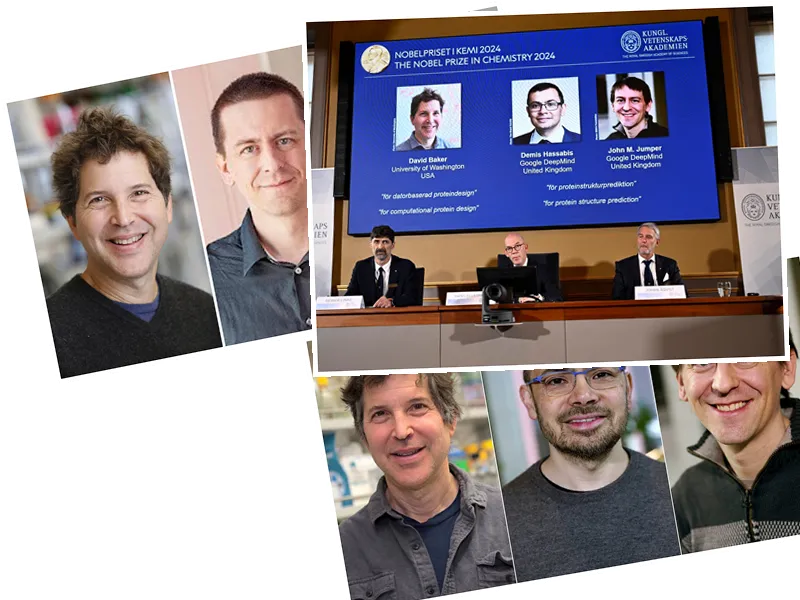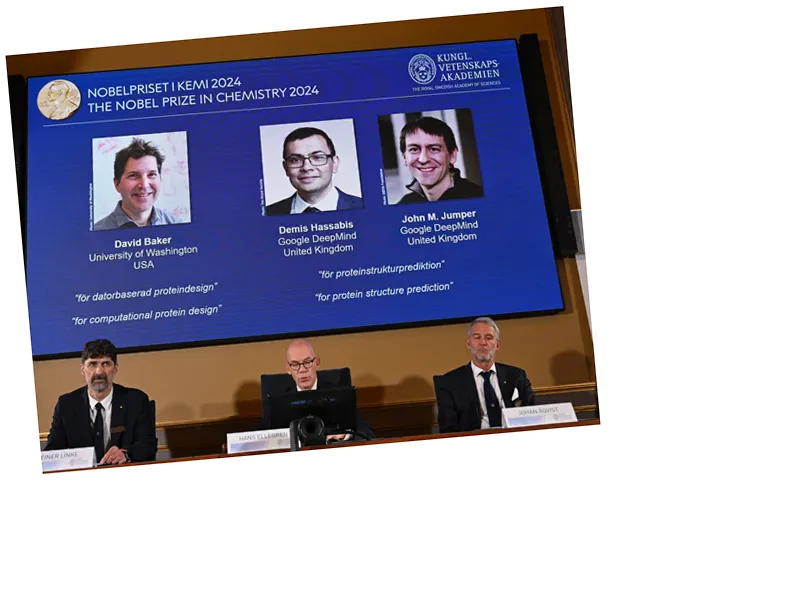Scientists Use AI to 'Stop Light' and Revolutionize Imaging Technology
Researchers at the University of Toronto have made a groundbreaking advancement in imaging technology by developing an artificial intelligence algorithm capable of simulating high-speed light phenomena from any perspective. This innovative approach allows scientists to visualize light in motion, opening new avenues in 3D sensing technologies and advanced imaging techniques.
The AI-driven camera setup can capture and display how light interacts with objects, such as a pulse of light traveling through a soda bottle or reflecting off a mirror. David Lindell, an assistant professor in the Department of Computer Science, emphasized that this achievement enables the creation of videos where the camera appears to 'fly' alongside photons, providing a unique viewpoint on light behavior.
This research could significantly enhance various fields, including nonlinear imaging, which allows for visualization around corners, through fog, smoke, or biological tissues. Such capabilities have vast applications ranging from medical imaging to the development of self-driving cars, where understanding light interactions is crucial.
New Perspectives in Light Imaging
The core innovation of this research lies in the AI algorithm's ability to perform 'new perspective synthesis,' a complex task in computer vision. This involves reconstructing 3D scenes from limited camera angles, enabling the generation of new viewpoints that were not part of the original data set. The process consists of understanding the scene's geometry, inferring hidden information, and displaying the new views based on reconstructed 3D data.
The researchers also observed phenomena predicted by Albert Einstein's theory of relativity, such as the effects of refraction and the brightness of objects moving toward the observer. They successfully visualized 'length contraction,' where fast-moving objects appear shorter in the direction of travel, demonstrating the practical implications of their findings in understanding light behavior at high speeds.





